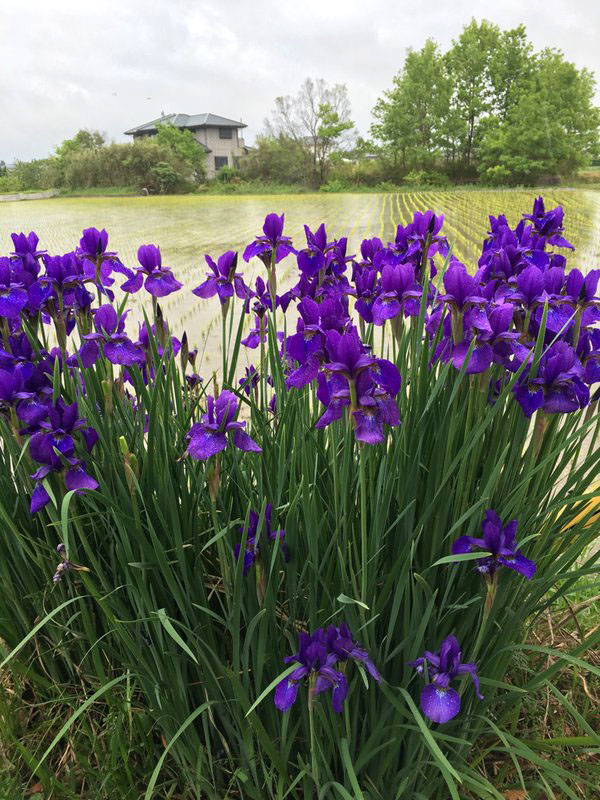
The Osaka District Meteorological Observatory announced on May 16th that the Kinki region is believed to have entered a rainy season. The rainy season started 21 days earlier than normal and 25 days earlier than last year, and since the start of statistics in 1951, it was the earliest rainy season except for the years when the rainy season could not be identified. It is said that the rainy season in May is the first time in eight years since May 27, 2013. There are many places where rice planting has been completed, but there are still places where has not been done in the southern part of Osaka. There is “Saijiki” in the haiku reference book, but originally it describes the events and the facts of the year. It is said that Kaibara Ekken’s 1688 “Japanese Saijiki” began, but after the Meiji era, the lunar calendar changed to the solar calendar, and the contents of the Saijiki changed significantly due to changes in social and cultural life. Today, more than 100 years later, the content of “Saijiki” is about to change further due to climate change.
大阪管区気象台は今日5月16日、近畿地方が梅雨入りしたと見られると発表しました。平年より21日、去年より25日も早い梅雨入りで、昭和26(1951)年の統計開始以降、梅雨入りが特定できなかった年を除いて最も早い梅雨入りとなりました。5月の梅雨入りは、平成25年の5月27日頃以来8年ぶりのことだそうです。田植えを終えた所も多いでしょうが、大阪南部ではまだこれからの所もあります。俳句の参考書に『歳時記』がありますが、元来は年中の行事や故実などを記したものです。貝原益軒による1688年の『日本歳時記』が始まりとされますが、明治以後はそれまでの太陰暦から太陽暦に変わり、社会的文化的な生活の変動にともない,歳時記の内容も大きく変わりました。100年余を経た今日、『歳時記』は気候変動によりさらに内容が変えられようとしています。
